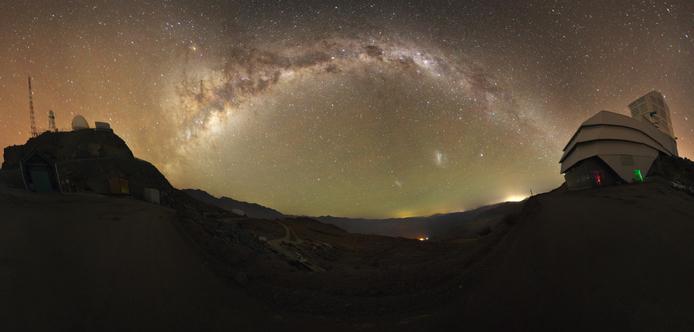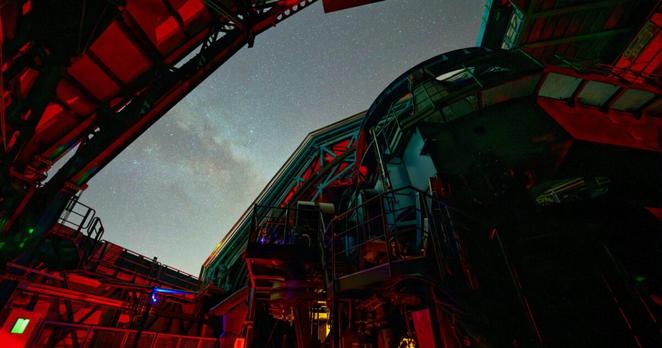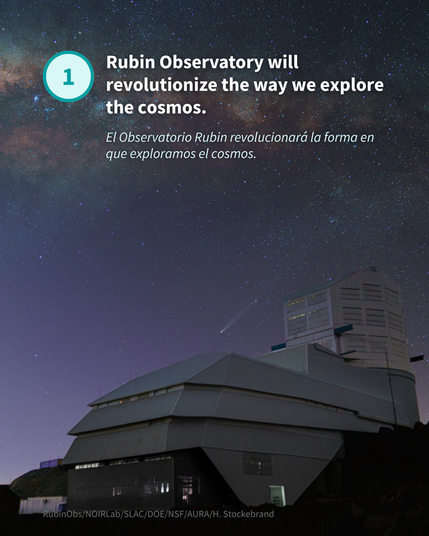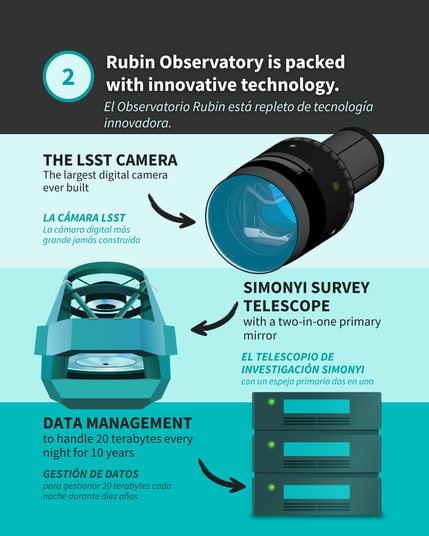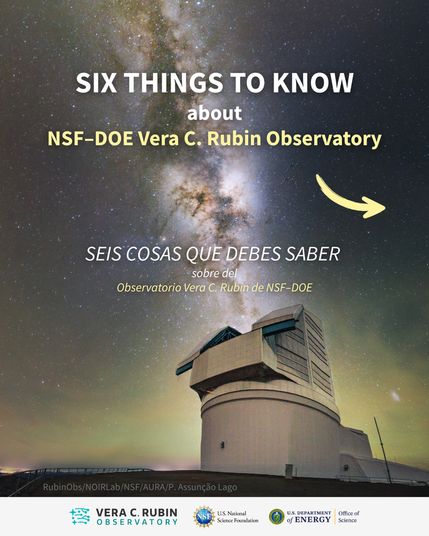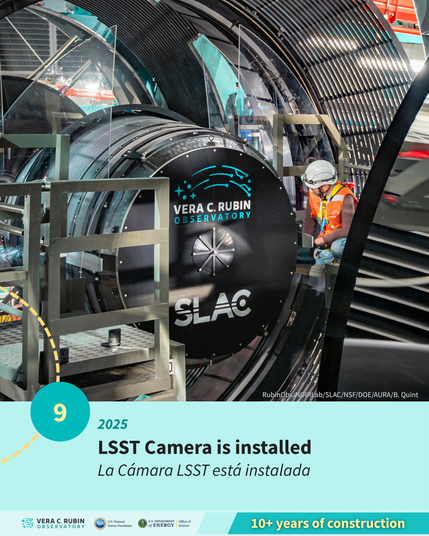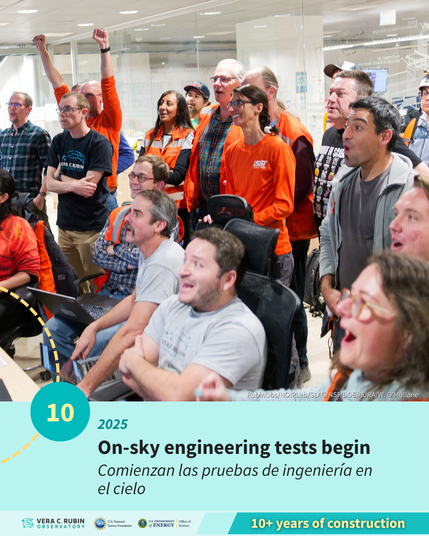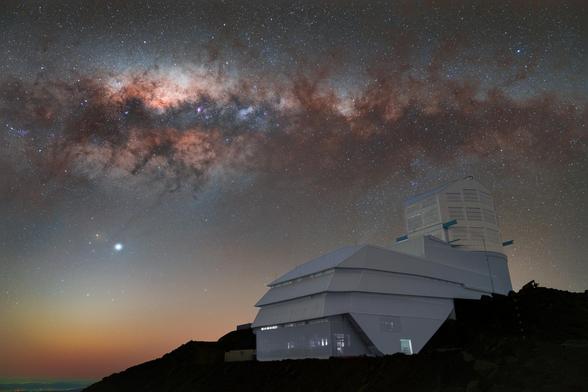Much greater than the sum of our parts!
NSF–DOE Rubin Observatory is what happens when the world comes together to make something incredible.
#RubinFirstLook on June 23 isn't just about Rubin's first images, it's also about who made those images possible!
🧵
